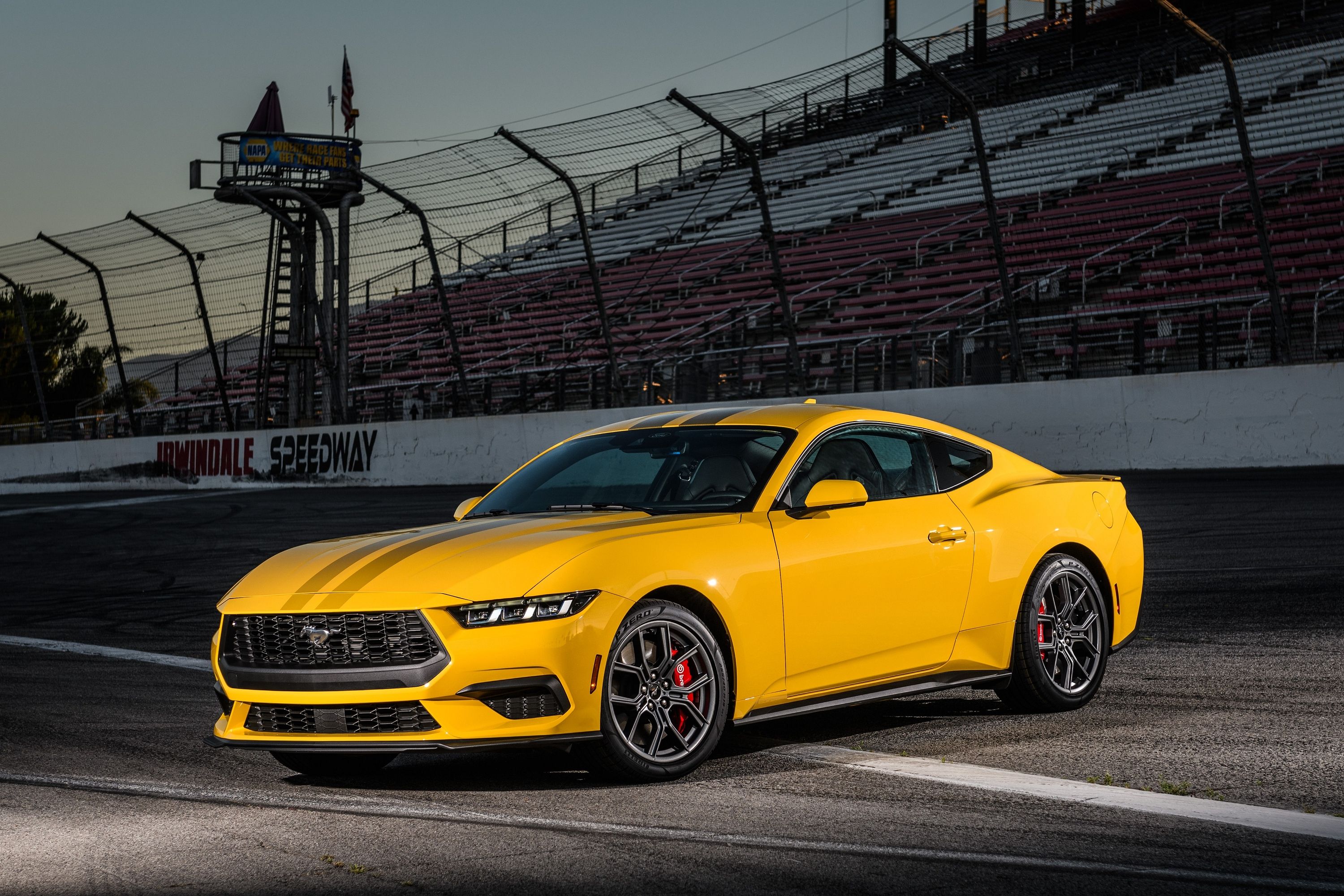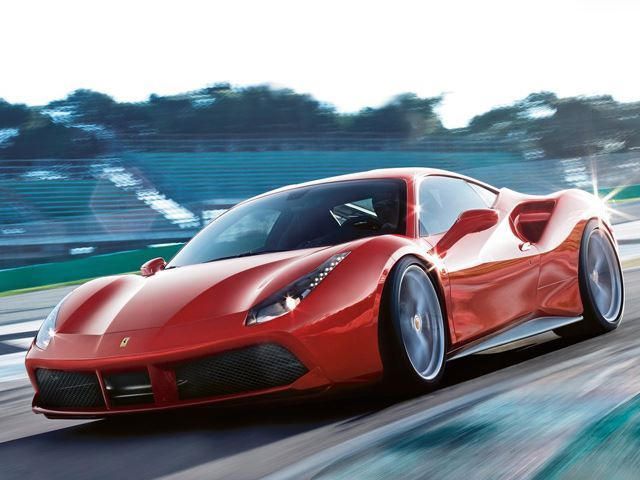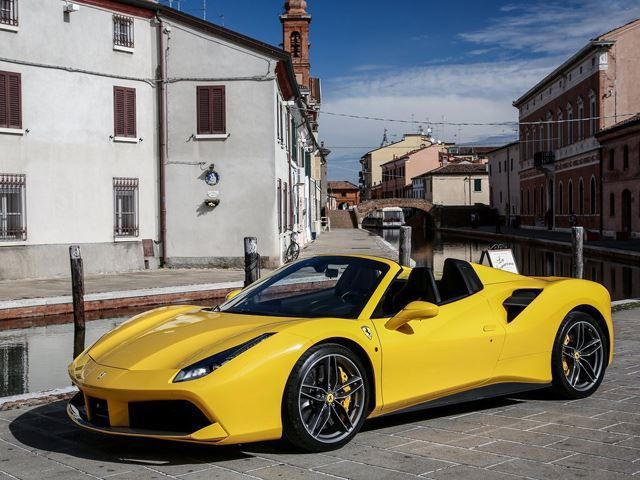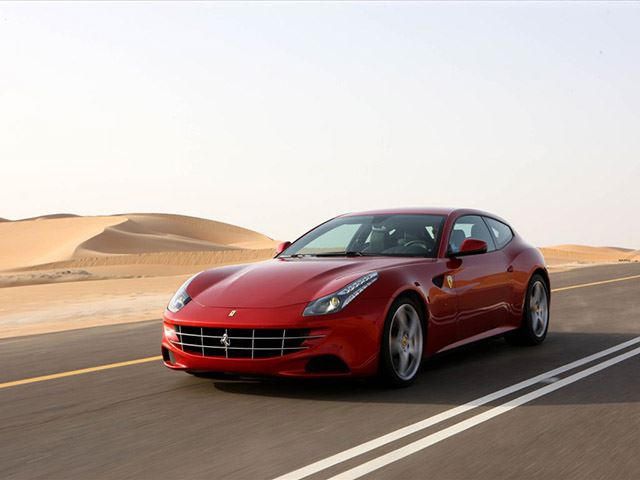
In terms of raw profits, high-end luxury cars tend to do well. Mercedes makes a killing on each S-Class that is sold and BMW dominates the market with profits on the 3 Series. This is because despite having higher production costs over say, a Toyota Corolla, the designing, engineering, and materials don't amount to a much larger investment than the Corolla. The part where it all clicks is when you take the premiums on these luxury cars into account.
Luxury car prices are much higher than a Toyota's MSRP, so Mercedes and BMW get to walk away with a larger cut per car that is sold. Only thing is, even though Mercedes and BMW make fewer cars than Toyota, they are still huge monstrosities of companies that look like Goliath when sitting next to Davids like Ferrari. The Italian supercar maker still does things old school, and this costs a lot. While the two aforementioned Germans have adopted Henry Ford's assembly line style of production, Ferrari makes its cars by hand, ensuring that it has to pay humans a wage instead of investing in robots. It also means that the time to produce each car goes way up, ensuring that more wages are paid for a smaller amount of work.
After factoring in the cost that it takes to hand build every car, pay top salaries for expert craftsmanship, bestow its racing cars with expensive materials like carbon fiber, and utilize some of the world's best engineering talent to squeeze a few extra tenths of a second off of lap times, it starts to add up. The fact is, making a Ferrari costs a whole hell of a lot more than a normal car, and even though a Ferrari also costs quite a bit more, its low sales numbers mean that it cannot make up for this gap in production investment by selling a huge amount of cars like Ford or Volkswagen. Another cost to consider is that Ferrari has a racing habit. In the news you see countless stories of wealthy people who lost their money to rampant drug addictions and alcoholism.
But you'll never see a more money-sucking habit than racing, and Ferrari has infiltrated many circuits from F1 to Le Mans. This pursuit of cash for racing efforts is part of why Ferrari whored itself out to Fiat after nearly becoming a Ford subsidiary. So how does all of this materialize in the present day? Does the company make enough cash to survive? As it turns out, it is not only making enough cash to get by, but Ferrari is posting some of the largest profits that it's ever had. And this is despite the fact that the company intentionally caps its production numbers rather than allow V8 and V12 monsters to flow freely out of Maranello. In 2011, it was reported that Ferrari made about $62,000 per car it sold.
This means that given its expenditures for that year, the profit margin on a Ferrari is 15%. Not only is this one of the highest margins in the auto industry, it nears the profit margins seen in the luxury goods sector, which is fitting for Ferrari. To keep profits this high, Ferrari has mastered the art of balancing supply and demand. By keeping its cars exclusive enough that a two year waiting list is required for a new one, customers are always more than happy to fork over high amounts of cash to be "blessed" with a Ferrari. Meanwhile, just enough cars come out of Maranello to keep the black profit ink running for the company's charts. All of this is quintessential Ferrari, and despite the gamble and slight air of cockiness, it pulls it off wonderfully. Much like its cars.



